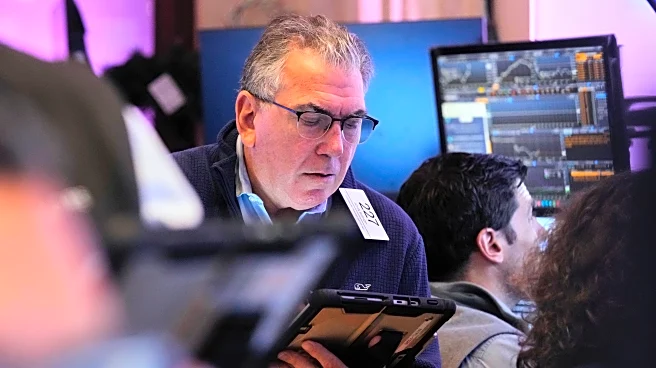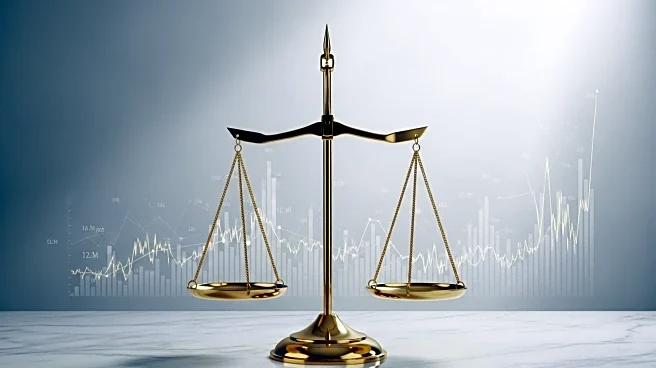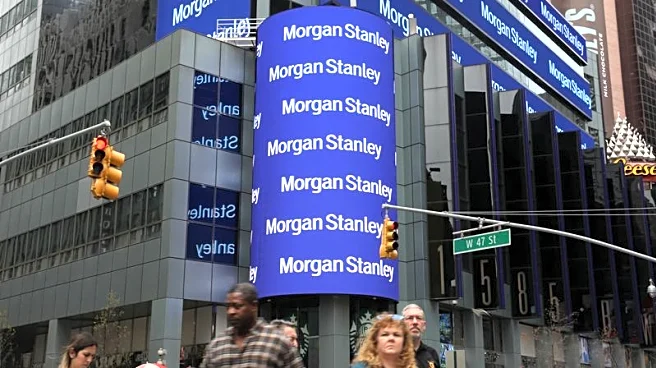What is the story about?
What's Happening?
Federal Reserve Chair Jerome Powell is set to deliver remarks next week that are anticipated to be pivotal for the stock market, which is currently pressing for interest rate cuts. The Federal Reserve's meeting on September 16-17 is expected to result in a rate cut, potentially the first since December. Investors are hopeful for a significant reduction, possibly a half-percentage point cut. The meeting will also release the latest Summary of Economic Projections, providing insights into the Federal Reserve's monetary policy outlook. While lower rates could further boost the stock market, there are growing concerns about economic risks, particularly in the labor market. Recent movements in the bond market and rising gold prices reflect these anxieties. The yield curve's recent shifts have raised alarms about a potential economic slowdown, as noted by Mark Malek, investment chief at Siebert Financial.
Why It's Important?
The Federal Reserve's decision on interest rates is crucial for the U.S. economy and financial markets. A rate cut could stimulate the stock market, which has been performing well, with major indices like the Dow Jones Industrial Average and the Nasdaq Composite showing gains. However, the economic landscape is fraught with challenges, including rising consumer prices and a weakening labor market. These factors could undermine the stock market's momentum. Additionally, the ongoing enthusiasm for artificial intelligence investments may face a reality check if economic conditions deteriorate. Investors are closely monitoring these developments, as they could signal broader economic trends and influence investment strategies.
What's Next?
The Federal Reserve's upcoming meeting and Powell's remarks will be closely watched by investors and analysts. The outcome could set the tone for future monetary policy and market behavior. If the Federal Reserve opts for a significant rate cut, it may provide short-term relief to the stock market. However, persistent economic challenges, such as inflation and labor market weaknesses, could continue to pose risks. Stakeholders will also be attentive to the Federal Reserve's economic projections, which may offer clues about the central bank's long-term policy direction.
Beyond the Headlines
The potential rate cut and its implications highlight the delicate balance the Federal Reserve must maintain between stimulating economic growth and managing inflationary pressures. The evolving economic conditions could prompt a reevaluation of investment strategies, particularly in sectors heavily reliant on low interest rates. Additionally, the intersection of economic policy and technological advancements, such as artificial intelligence, underscores the complexity of navigating modern financial markets.
AI Generated Content
Do you find this article useful?
















